Chinese Alligator Facts
- The informative term of Chinese Alligator serves as the most frequently uses common name for this impressive variety of reptile. It does have several other general titles, though, that it’s known by. These include Yangtze Alligator and Chinese Muddy Dragon, among others.
- Within the scientific community, however, it’s perhaps notably better known by its purely technical designation. Fortunately for the layperson, that’s a comparatively simple one to pronounce, at least as such tags go. It currently holds the formal moniker Alligator sinensis.
- The marvel of Nature received that simple epithet due to the efforts of Albert-Auguste Fauvel. The respected French naturalist recorded the first official recognition of it as a separate and distinct species. He achieved that scientifically noteworthy deed in the year 1879.
- It’s fully notable as being one of only two known living species placed within its Genus. The American Alligator represents the other member of the group. Research shows that several other species previously existed within the genus, but those eventually died out.
- Sadly, the stunning Chinese Alligator now finds itself in dire straits. In modern times, its population plummeted dramatically. In the 1970’s, fewer than 1,000 remained. By 2001, it numbered only 130 known individuals. Fortunately, multiple conservation efforts were enacted.
- As of 2017, its population totaled 300 individuals. The IUCN nonetheless still properly lists the incredible creature as Critically Endangered on its Red List of Threatened Species. It faces multiple threats to its existence. These include habitat loss and ongoing climate change.
Related Articles
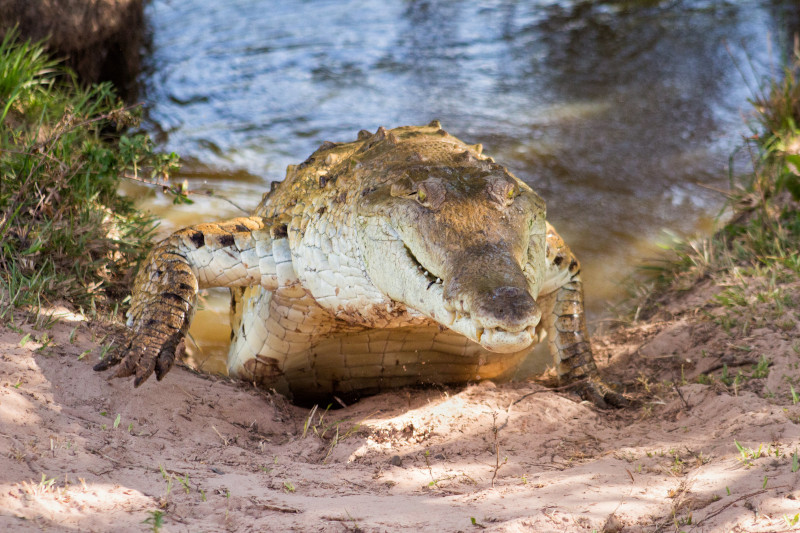

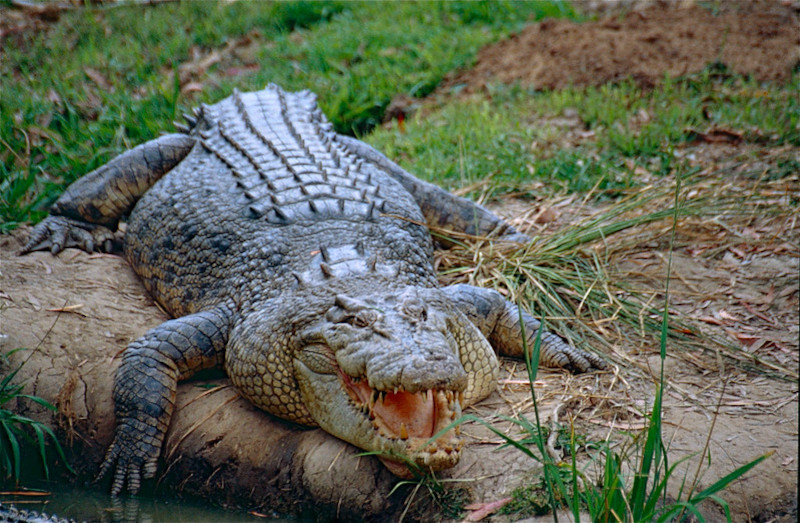
Chinese Alligator Physical Description
The remarkable Chinese Alligator typically captivates and enthralls those individuals fortunate enough to encounter one safely in the wild. Yet, the usually do so due to their appearance, rather than sheer size. That’s because this animal actually ranks as one of smallest of all crocodilians.
Regarding any physical description, however, the natural marvel also follows a natural pattern common to many creatures. That’s in the fact that it displays a certain degree of the physiological characteristic of sexual dimorphism. In its case, this manifests itself mainly in terms of size.
More specifically, males of the species tend to achieve larger average sizes than their female counterparts. The males average between 4.9 – 6.9 ft (1.5 – 21 m) in length. A mean weight, though, measures somewhere from 79 – 99 lb (36 – 45 kg). Exceptional specimens do sometimes occur.
Females of the species, meanwhile, usually only manage to reach about two-thirds the size of the males on average. For them, a typical total length equals roughly 3.9 – 5.6 ft (1.2 – 1.7 m). Their total body mass, however, only ranges on average from approximately 44 – 66 lb (20 – 30 kg).
Males generally develop significantly broader and more robust heads than the females. These also tend to be bulkier and more muscular, particularly in the neck and tail regions. Otherwise, the two genders present roughly the same general outward appearance to the casual observer.
The head of this wonder of Nature evolved as broad and triangular, with a slightly upturned snout. The eyes, nostrils, and ears developed on the top of the head. Its jaws contain strong conical teeth suited for gripping and crushing prey. It has between 72 and 76 teeth, continuously replaced.
The skin of the intriguing Chinese Alligator typically shows a distinctive blend of dark gray to black, with a contrasting lighter, yellowish or white underbelly. The juveniles of the species , however, most commonly have brighter yellowish bands across their bodies, which later fade as they mature.
Nature also provided the reptile with yet another impressive trait. That’s due to the fact that its body’s covered in numerous extremely tough, armored scales, generally called scutes. The dorsal side, especially, remains heavily armored, with rows of bony scutes that serve to provide protection.
Its eyes developed as relatively small and equipped with a transparent third eyelid that completely protects the eyes when it’s underwater. These typically show a golden to greenish-brown hue. These also provide it with excellent night vision, which is essential for its nocturnal hunting activities.
- Kingdom: Animalia
- Phylum: Chordata
- Class: Reptilia
- Order: Crocodilia
- Family: Alligatoridae
- Genus: Alligator
- Species: A. sinensis
Chinese Alligator Distribution, Habitat, and Ecology
The mesmerizing Chinese Alligator evolved as endemic to a relatively small portion of the surface of the earth. The exact location of that zone of habitation likely won’t surprise anyone who learns of it, though. That’s because, as the name implies, it developed as native to a specific part of Asia.
More precisely, as that title also clearly indicates, its native range includes the nation of China. Historically, it existed throughout much of the beautiful lower Yangtze River basin in the eastern sections of that country. There, that extensive habitat range included a total of five provinces.
Today, the wild population of this fabulous marvel of Nature and evolution, tragically, apparently remains confined to a significantly smaller area, primarily appearing in the Anhui province in the eastern regions. Specifically, they’re found within the Yangtze River floodplain and adjacent areas.
The main stronghold for the species now appears to be situated within the aptly-named Anhui Chinese Alligator Nature Reserve. Created primarily for their protection, this site’s located in the southeastern part of Anhui province. It encompasses various environments vital for its survival.
It displays decidedly clear and strong preferences regarding its choice of habitat. Historically, the intrepid crocodilian inhabited very slow-moving rivers, lakes, ponds, and marshes in the Yangtze River basin. It also prefers areas with dense vegetation where it finds cover and access to prey.
This amazing reptile, unsurprisingly, also evolved as a pure carnivore, like its many relatives. Given its size, though, its prey typically consists of smaller animals. Fish comprise a significant portion of its diet, especially in aquatic habitats. It also feeds on frogs and various other amphibians.
The highly opportunistic reptile also occasionally preys on various small birds and mammals, particularly those that stray too close to the water’s edge. Crustaceans, snails, and even insects also represent important food sources. It primarily hunts at night, using stealth to ambush its prey.
Unlike most other crocodilians, the Chinese Alligator digs burrows. It excavates these extensive constructions in the soft, muddy banks of rivers or ponds. These tunnels reach surprising lengths, and typically have a submerged entrance and a dry chamber where the alligator can rest.
These locations provide a refuge from extreme temperatures, especially those occurring in the cold winters in its habitat. This highly unique species remains one of the few crocodilians that hibernate, and it uses these burrows to enter a state of dormancy during the colder months of the year.
The mating season for this wondrous creature typically occurs in late spring or early summer. The female builds a nest made of vegetation and mud near the water’s edge. She lays 10 – 40 eggs, which she then covers and incubates by the warmth generated from the decaying plant material.
As a general principle, the incubation period for the eggs lasts between 60 to 70 days. Intriguingly, the gender of the many hatchlings remains temperature-dependent, with warmer temperatures usually producing far more males, and cooler temperatures thus producing more females.
Species Sharing Its Range
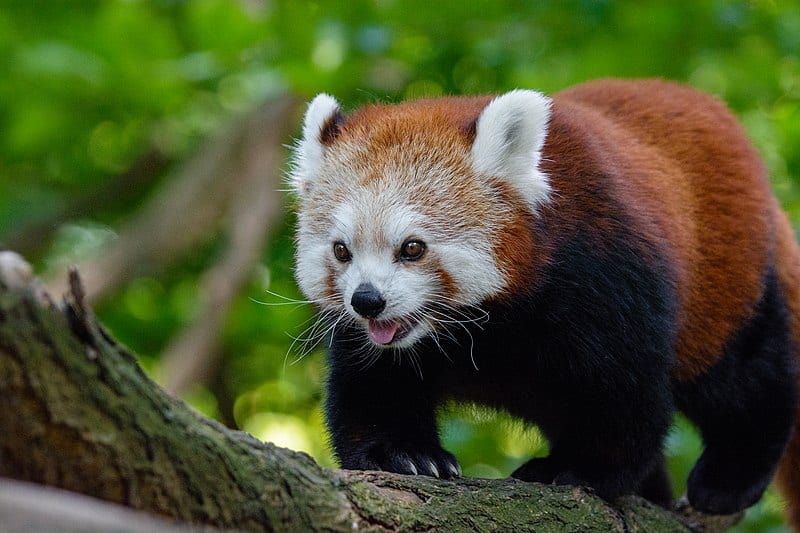

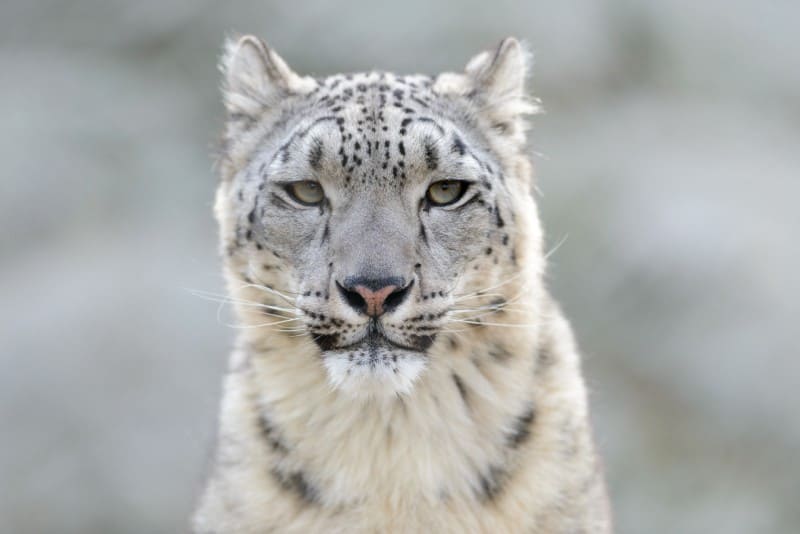
Check out our other articles on 4 Amazing Australian Spiders, Japanese Hare, Cradle Mountain, Pale Umbrella Orchid, Elkhorn Coral, Jack Jumper Ant, Texas Alligator Lizard, Weka
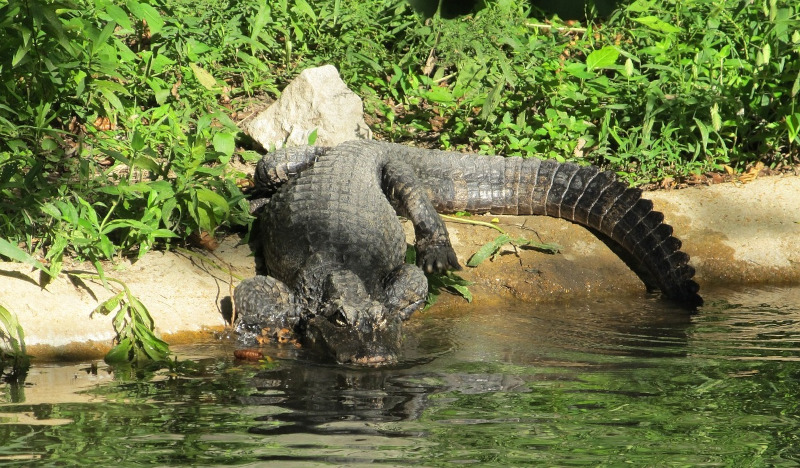
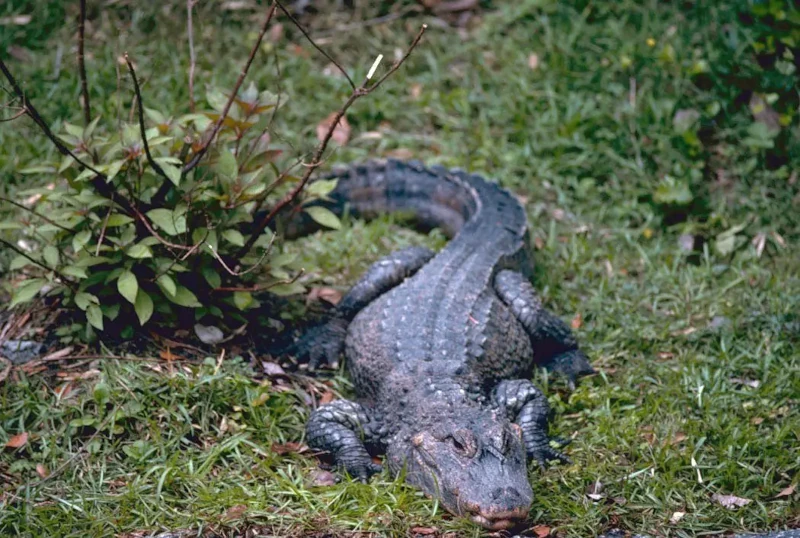
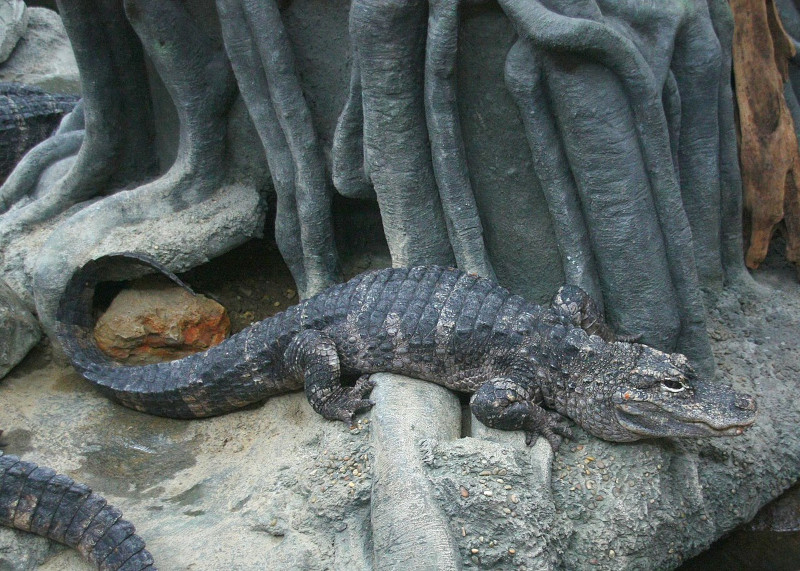









Leave a Reply